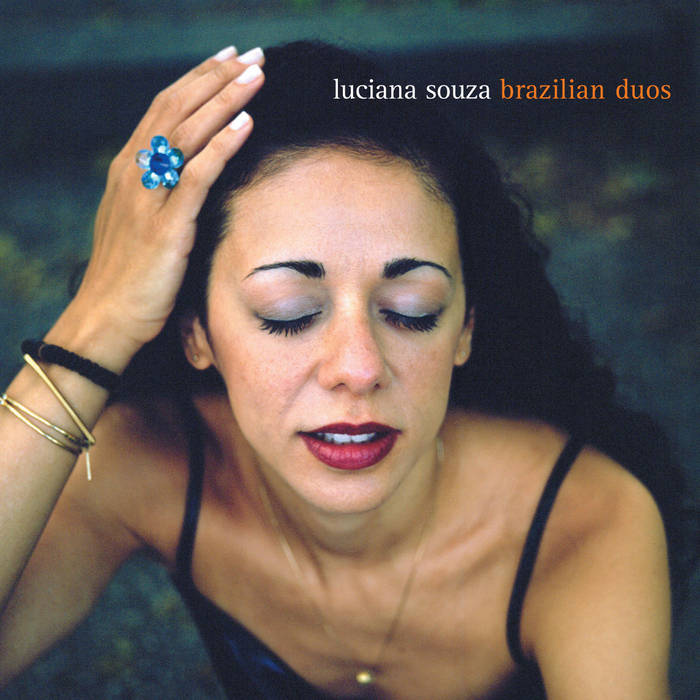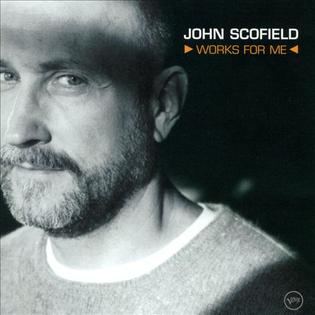Geri Allen, 'The Life of a Song' (2004)
At the end of Playing Changes is a list: The 129 Essential Albums of the Twenty-First Century (So Far). I organized these by year, and then alphabetically by artist name. I'll be running them down here, in that order. (No one appears more than once as a leader, though there’s ample overlap in personnel.)
When Geri Allen died in 2017, shockingly, at the age of 60, many in the jazz community felt as if the wind had been knocked out of them. I knew Geri a little: I interviewed her on multiple occasions, and served with her on a judges panel some years back. She was a wonderful person as well as an exceptional artist. And what really devastated me, as a critic and a fan, was the conviction that she still had so much to give. We needed Geri Allen, and had a lot more to look forward to. I fully counted on having her around as one of our wise elders, a good 20 years from now.
The silver lining in all of this is that we had her for as long as we did. Geri stood for so many things, and reconciled them so completely in her music. She traveled in the orbit of the Young Lions, and in the early stirrings of M-BASE. She was an outspoken advocate for precursors like Mary Lou Williams and Erroll Garner. She supported younger talent like Esperanza Spading. Her scope was always wide, and her antennae always receptive and open.
The Life of a Song, released in 2004 on Telarc, is a fine encapsulation of what Geri Allen was pursuing in the first decade of this century. The album features her with an absolute gem of a trio, with Dave Holland on bass and Jack DeJohnette on drums. These were, in a tangible sense, musicians with more experience than she had at the time. But they had no problem deferring to her leadership, because they understood how clearly she had articulated a direction.
The album includes smart new arrangements of standards, like "Lush Life" and "Soul Eyes." But the reason to come to The Life of a Song has to do with Allen's originals, which chart a path from the postbop mainstream to a more contemporary set of coordinates. The opening track, "LWB's House (The Remix)," sets the bar with a relaxed and loping groove (DeJohnette's matchless specialty) and a melody full of spiky intervallic intrigue. Every member of the trio brings an imposing A game.
The Life of a Song can be purchased at Amazon, or streamed on Spotify or Apple Music.




















